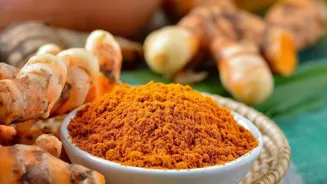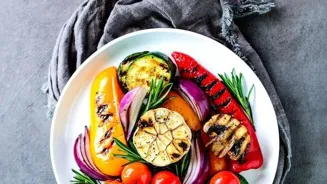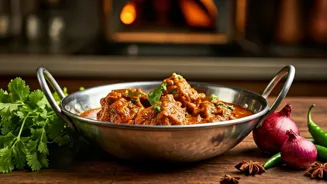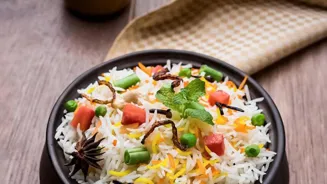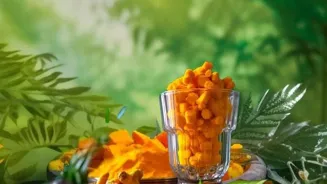Discover the essence of Indian cooking with 10 essential techniques. Elevate your dishes with these culinary secrets!
In the vibrant and diverse landscape of Indian cuisine, mastering a few essential cooking
techniques can elevate your home cooking from simple meals to truly delightful experiences. Forget complicated recipes and fancy equipment!
We're talking about the fundamental skills that form the bedrock of delicious Indian food. Whether you're a kitchen newbie or a seasoned cook, refining these techniques will bring a noticeable improvement to your dishes.
So, dust off those aprons, sharpen your knives, and let's dive into the 10 cooking techniques every home chef should know. These are the secrets that will unlock a world of flavor and impress your family and friends.
Tadka (Tempering): The Soul of Indian Flavors
Tadka, also known as tempering, is arguably the most important technique in Indian cooking. It involves heating oil or ghee (clarified butter) and then adding whole spices, dried chilies, and sometimes ingredients like ginger or garlic.
The hot oil infuses with the aromas of the spices, releasing their potent flavor oils. This fragrant mixture is then added to a dish, either at the beginning or the end of the cooking process, to infuse it with a burst of flavor.
Different regions and different dishes use different combinations of spices for their Tadka, so you have a lot of options!. Master the art of tempering, and you will be able to create magic in any dish!
Common spices used in Tadka include mustard seeds, cumin seeds, asafoetida (hing), and curry leaves.
Bhunnah (Sautéing): Building the Base for Gravies
Bhunnah, the Hindi word for "sautéing," is a crucial technique for building the foundation of most Indian curries and gravies. It involves cooking ingredients, usually onions, ginger, garlic, and tomatoes, in oil or ghee over medium heat until they soften, caramelize, and release their flavors.
The process of "bhunnah" is important as it helps the flavors to blend well with each other. Proper "Bhunnah" of the ingredients will add a depth to the dish. A well-bhunnah masala is the secret ingredient to making delicious Indian dishes.
This creates a flavorful base upon which the rest of the dish is built. The key is patience; allow the ingredients to cook slowly and evenly, stirring frequently to prevent burning.
Dum Cooking: Slow Cooking for Maximum Flavor
Dum cooking, which translates to "steam cooking," is a slow cooking method where food is cooked in a sealed pot over low heat. This technique helps to retain moisture and allows the flavors to meld together beautifully. It is often used for dishes like biryani and vegetable pulao.
When you're cooking in Dum cooking style you must ensure that the lid of the cooking vessel must be sealed properly. Traditionally, the pot is sealed with dough to prevent steam from escaping. The slow cooking process intensifies the flavors and creates incredibly tender and flavorful dishes.
Roasting (Bhunao): Enhancing Texture and Aroma
Dry roasting, or "bhunao," is a technique used to enhance the flavor and aroma of spices, nuts, and grains. It involves heating the ingredients in a dry pan over medium heat, stirring frequently until they become fragrant and lightly toasted.
Roasting spices before grinding them releases their volatile oils, resulting in a more potent and flavorful spice blend. Roasting nuts adds a crunchy texture and nutty flavor. Roasting techniques are used to make many dishes. You can try roasting a few peanuts by adding some salt to it.
The salt prevents the nuts from getting burnt.
Infusion: Bringing Flavors of the Herbs
infusion is a techinque by which you take some herbs and heat it up in water and extract the essence of the herbs in the water. This can be used to make the base of any delicious dish. Different types of dishes can be made using herbal infusion. Infusion of herbs are used in Ayurvedic cooking.
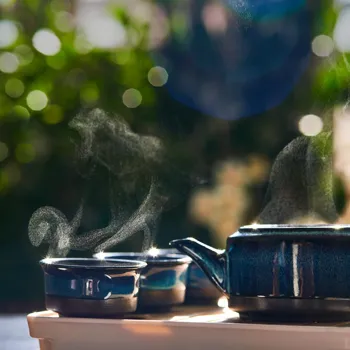
Infusion allows the flavours of the herbs to blend in the dish when used in cooking. Not many people know of infusion in common house holds but they are very useful. It adds a different dimension to the dish.
Steaming: Cooking Light
Steaming is easy and healthy! You just put your food in a basket or steamer over boiling water. The steam cooks the food gently so it keeps its vitamins and taste. It's great for vegetables, momos or dhoklas (steamed gujarati dish). Steaming doesn't need any oil, so it's a light way to cook.
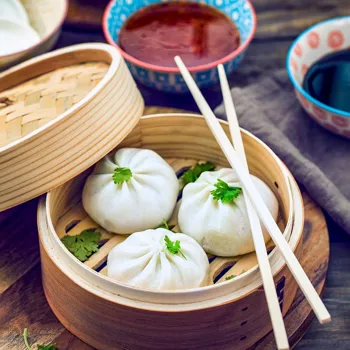
It’s used in things like momos but you can steam your vegetables as well, and they retain their nutrients!
AI Generated Content. Glance/InMobi shall have no liability for the content


